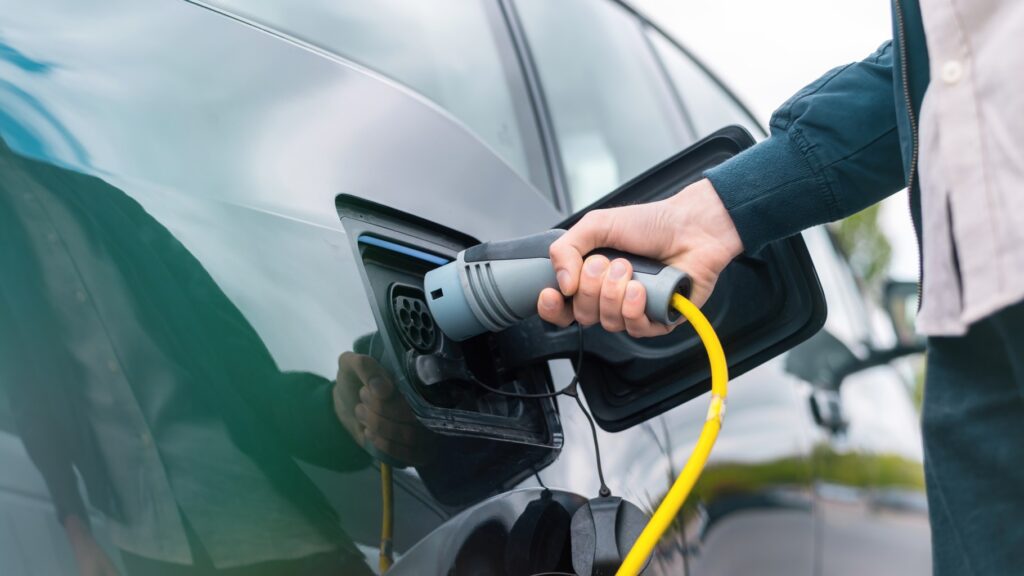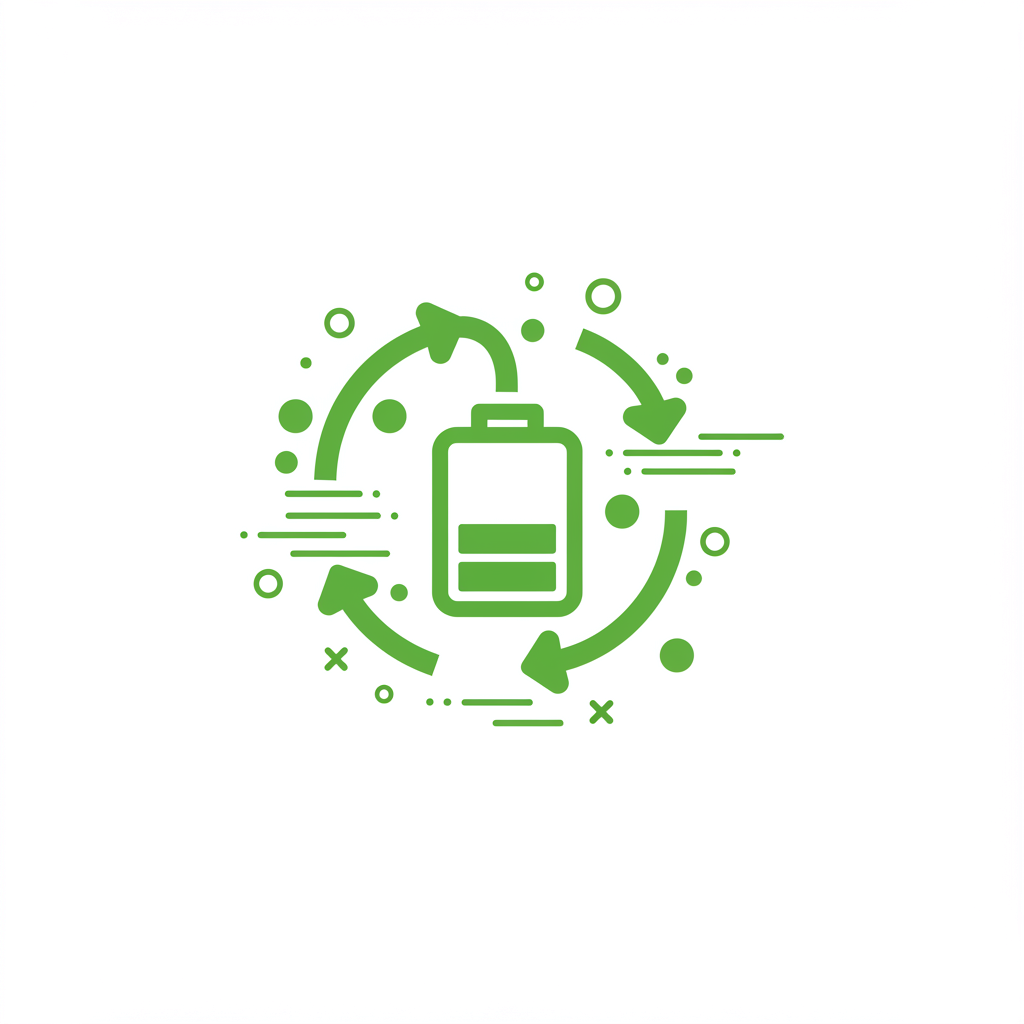Feel free to contact us regarding any additional concerns.
(+63) 917-321-6561

Electric vehicle adoption continues to grow worldwide, and with it comes important choices about charging habits. While fast charging stations get much of the attention for their ability to rapidly power up EVs, many experienced electric vehicle owners actually prefer “top-up” charging for their daily needs. Understanding this preference can help new EV owners develop better charging habits and maximize both their convenience and their vehicle’s lifespan.
Top-up charging refers to the practice of charging your electric vehicle frequently in smaller increments, typically using slower AC (alternating current) chargers, rather than waiting until the battery is nearly depleted and then using fast DC (direct current) charging to quickly fill it. This approach treats EV charging more like topping up your smartphone throughout the day rather than waiting for it to die before recharging.

Most EV charging naturally occurs when the vehicle is already parked for extended periods – at home overnight, at work during the day, or at destinations like shopping centers and restaurants. Top-up charging perfectly fits these existing routines, allowing drivers to “graze” on electricity while going about their normal activities.
This approach eliminates the need to make special trips to fast-charging stations, saving valuable time and reducing hassle in your daily schedule. Your car charges while you sleep, work, shop, or dine – activities you’d be doing anyway.
Financial considerations play a major role in charging preferences. Top-up charging using AC chargers is consistently less expensive than fast DC charging, both in terms of base electricity rates and service fees. Many public fast chargers implement premium pricing to cover their higher installation and maintenance costs.
For budget-conscious EV owners, these savings add up significantly over the lifetime of vehicle ownership.
Perhaps the most compelling reason to prefer top-up charging is battery health. Frequent use of fast charging can accelerate battery degradation and reduce long-term capacity. The intense current and heat generated during fast charging puts additional stress on battery cells.
“Fast charging constantly will decrease your battery life very quickly. You will see at least a 20% drop in overall capacity within a year if you exclusively use DC fast charging.”
Slow, steady charging is significantly gentler on batteries, helping preserve their health and maintaining the vehicle’s resale value longer.
The reality is that most daily commutes and errands don’t come close to depleting a modern EV’s battery. With average daily driving distances well below the range of today’s electric vehicles, topping up at convenient locations is entirely sufficient for typical usage patterns.
Many EV owners develop a “grazing” mentality – adding small amounts of charge whenever convenient rather than waiting for a complete fill-up at a fast charger. This approach provides peace of mind without the need for frequent fast-charging sessions.
Fast charging comes with several disadvantages that top-up charging avoids:
Fast charging certainly has its place in the EV ecosystem. It’s ideal for long-distance travel when you need to minimize stoppage time, or in emergency situations when you need a quick charge to reach your destination. However, for daily or routine use, top-up charging proves more practical, economical, and beneficial for your vehicle’s long-term health.
Cost
Lower
Higher
Battery Health
Better for longevity
Accelerates degradation
Convenience
Fits into daily routines
Requires special trips
Use Case
Daily commutes, errands
Road trips, emergencies
Charging Speed
Slower (hours)
Faster (minutes)
The preference for top-up charging among experienced EV owners stems from its lower cost, greater convenience, better battery health outcomes, and sufficient power delivery for typical daily needs. While fast charging technology continues to improve and expand, the smart approach for most EV owners is to reserve fast charging for special circumstances like long trips, while relying primarily on convenient top-up charging for everyday use.
By understanding and adopting these charging habits, new electric vehicle owners can maximize both their convenience and their vehicle’s lifespan, making the transition to electric driving even more rewarding.
Lou Beltran is a business consultant specializing in technology adoption and sustainable business practices. With extensive experience working with SMEs and startups, Lou helps businesses navigate technological transitions including the move to electric vehicle fleets.
Address: Right Wing, Unit 9, Lower Ground Floor, Goshen Land Towers, Upper General Luna, Baguio City Philippines 2600
Mobile: +63 961-565-9289
Email: hello@addavolt .com
Copyright © 2025 – AddaVolt Inc.